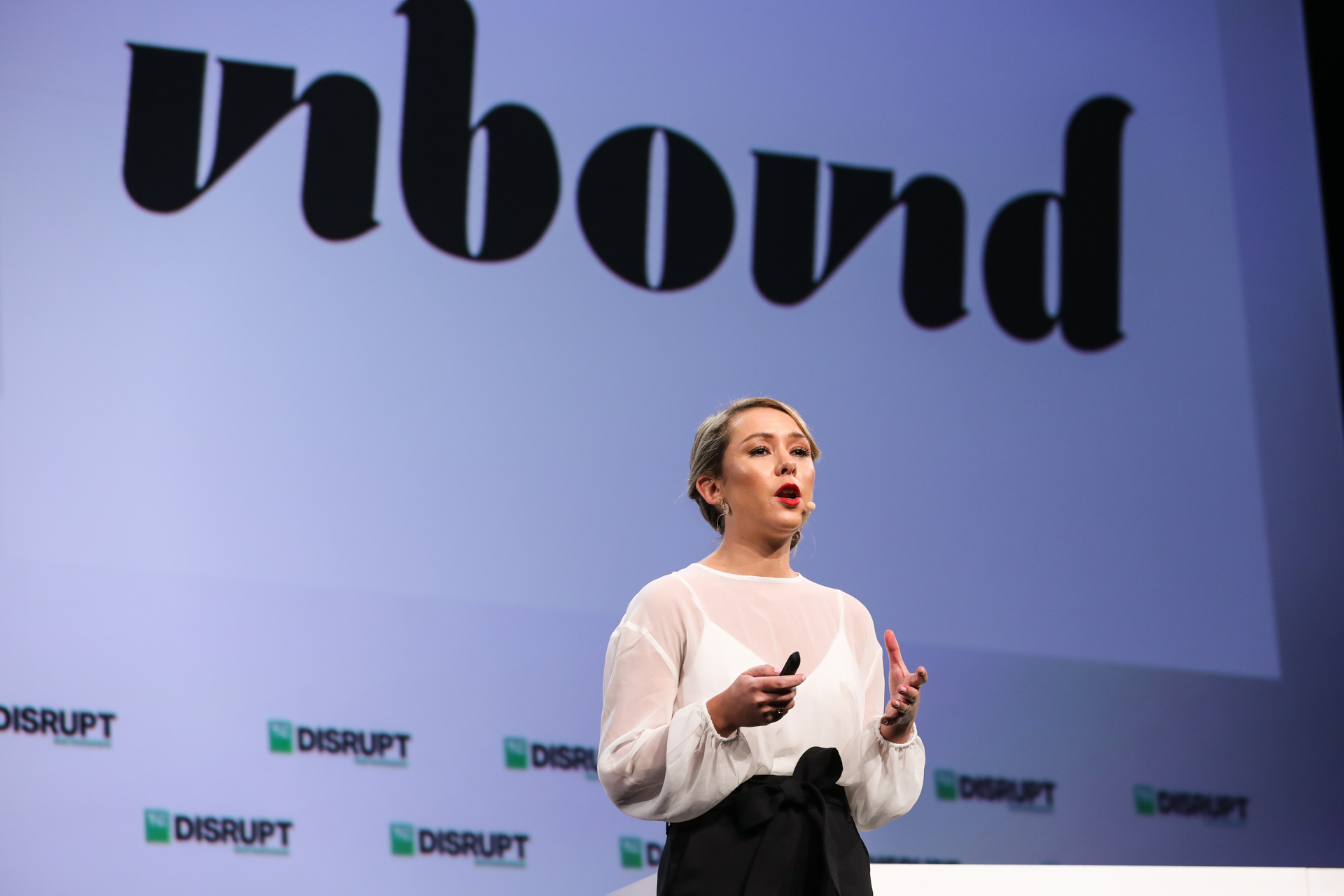Luna Labs creates playable ads, directly from Unity
It seems obvious that the best way to advertise a game is to let people play the game itself — and we’ve covered other startups tackling this problem, such as AppOnboard and mNectar.
But Luna Labs co-founder and CEO Steven Chard said that for most developers, the creation of these ads involves outsourcing: “It might take weeks to make an ad, and the quality of the content at the end could be limited.”
The problem, Chard said, is that most games are built on the Unity engine, while the ads need to be in HTML5, which means that developers often have to build playable ads from scratch — hence the outsourcing.
“There’s this huge demand for playables, but the tech hasn’t caught up with it,” he said. “Our view — and I think why it’s really resonating with developers — we’re saying to developers: Use that same [Unity] editor to create a playable ad. You’re going to give the user a playable ad which genuinely feels like the game.”
In fact, while Luna is officially launching its service to developers this week, it’s already been working with a few partners like Kwalee and Voodoo. Luna says that in Kwalee’s case, the results were good enough that the company spent 60% more than they did on other playable ads, and the Luna playables drove more than 250,000 installs per day.
“Luna is solving a real pain point for our studio, and the initial results have been tremendous,” said Kwalee CRO Jason Falcus in a statement. “Integrating the Luna service has allowed us to significantly scale our campaigns by a comfortable margin, to the best results so far.”

Luna’s investors include Ben Holmes (formerly of Index Ventures, backer of King and Playfish) and Chris Lee (who also invested in Space Ape and Hello Games).
Chard said the startup is currently focused on providing tools to developers, rather than getting involved in the ad-buying process. More generally, he said the company has been focused on the technology rather than the business model.
“We’re an early company with a very, very complex piece of technology — it’s taken a lot of time to get where we are,” he said. “We’re not doing it for free, but the focus isn’t on short-term profitability. It is, in the longer term, on creating a scalable product which can be used by developers.”
Chard added that eventually, he’s hoping Luna can become more involved in “at the content creation level.” For example, he suggested that developers could use the technology to test out playable concepts and see what resonates, before building a full game.
You can test it out for yourself on the Luna Labs website.



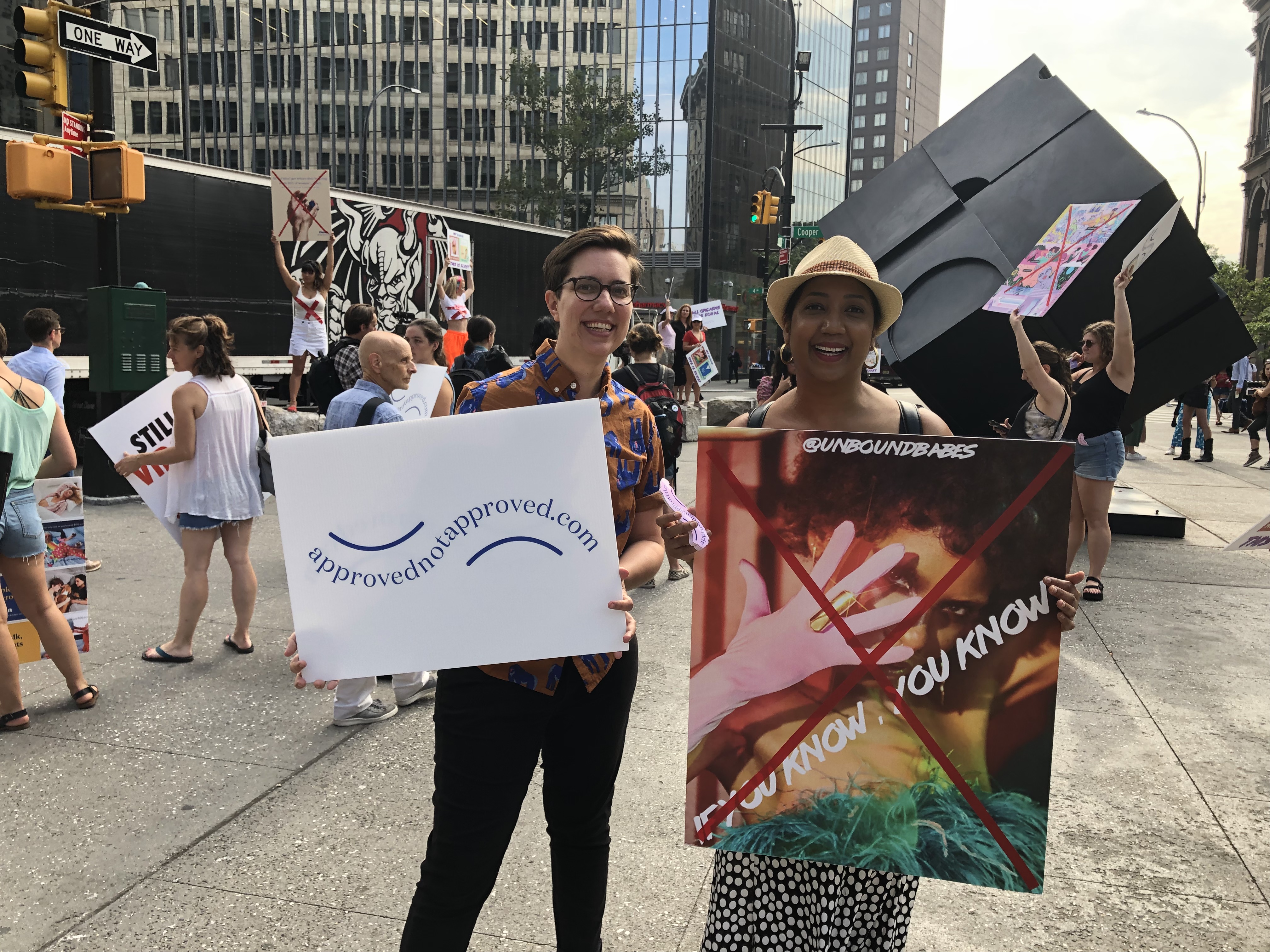
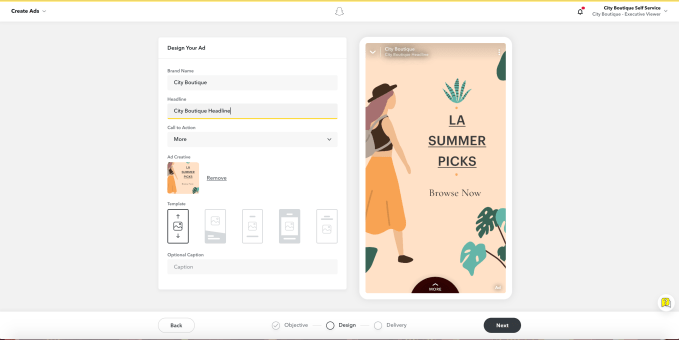
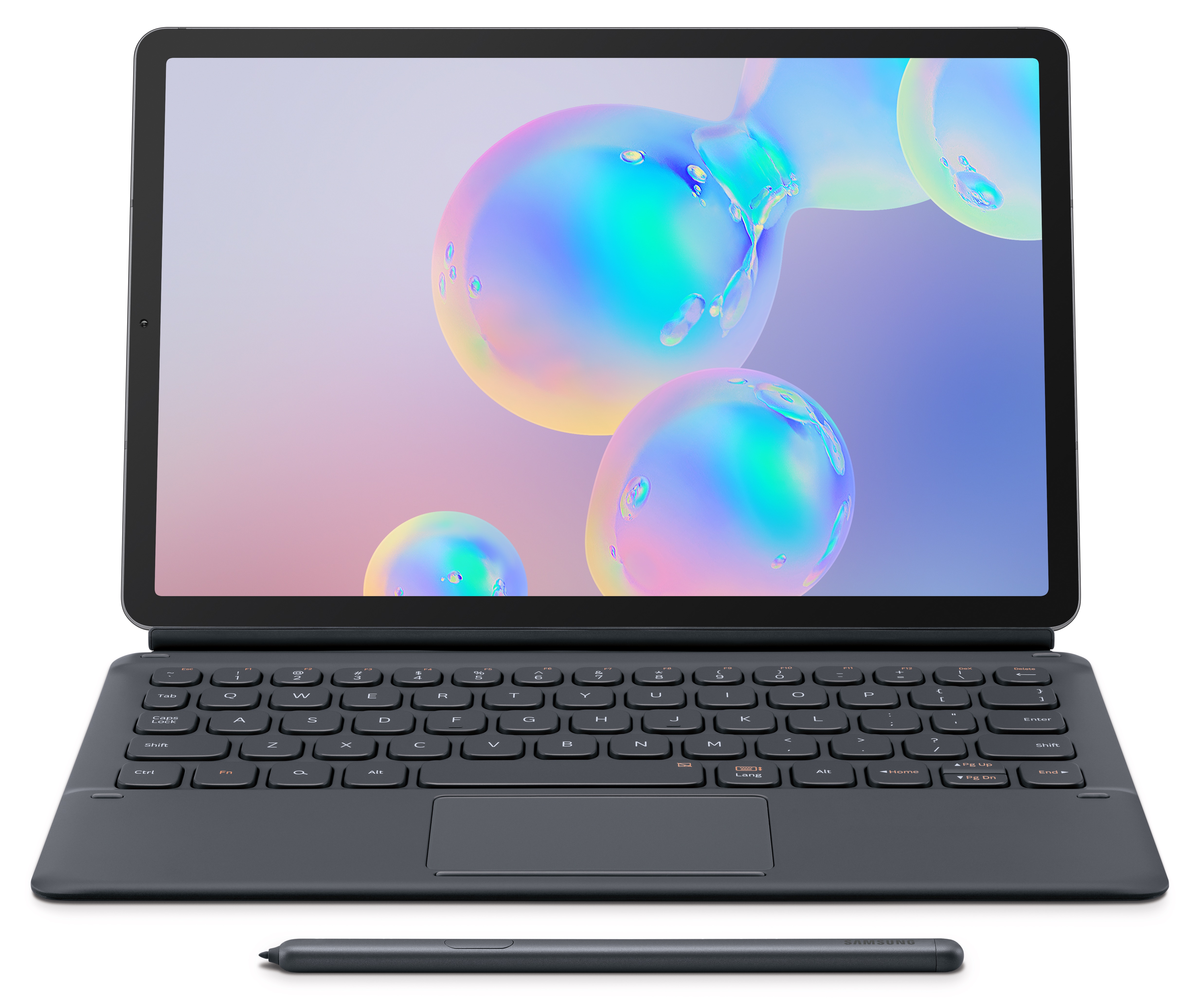
![[Product Image] Galaxy Tab S6 (4) Product Image Galaxy Tab S6 4](https://techcrunch.com/wp-content/uploads/2019/07/Product-Image-Galaxy-Tab-S6-4.jpg)
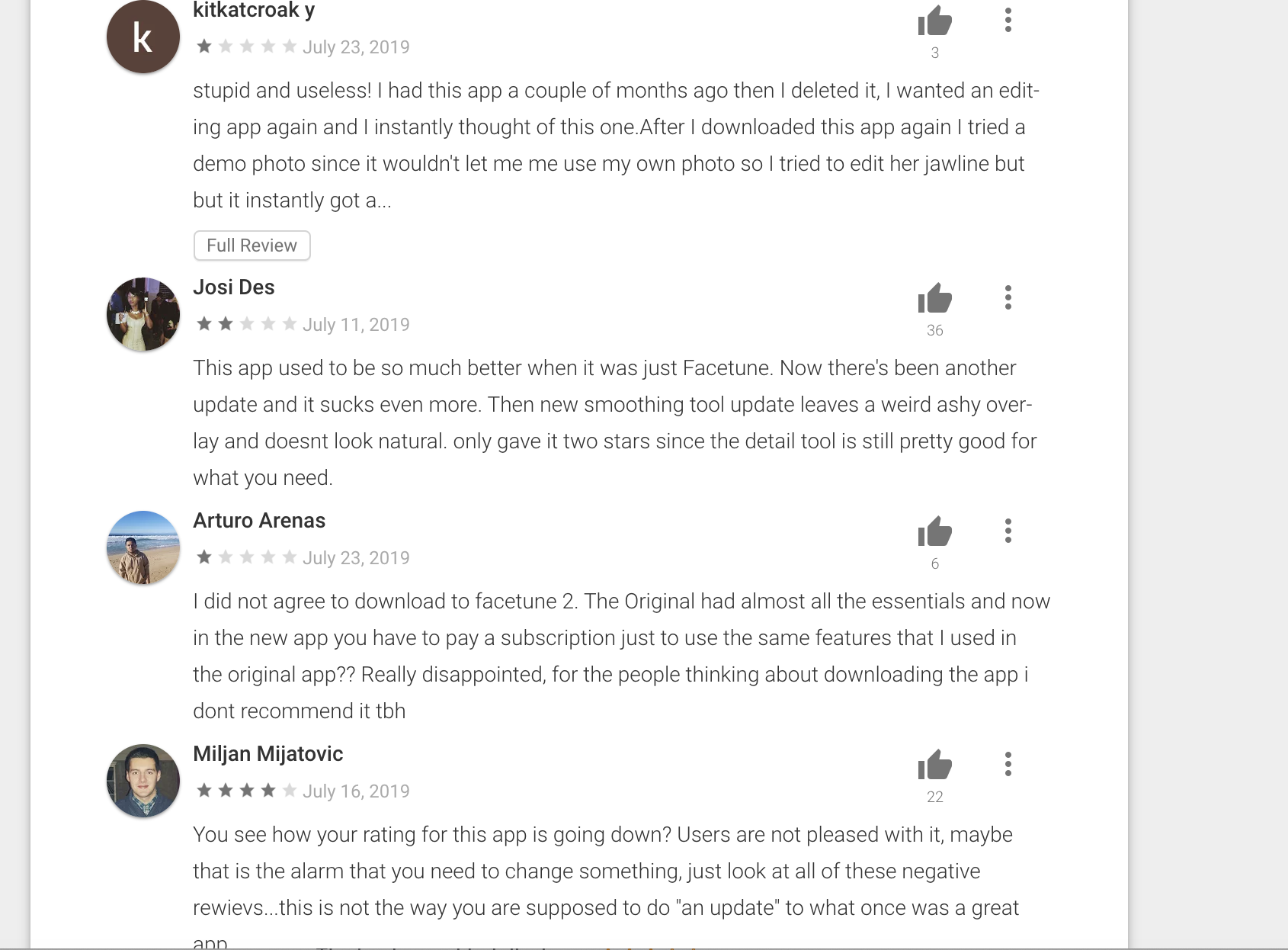
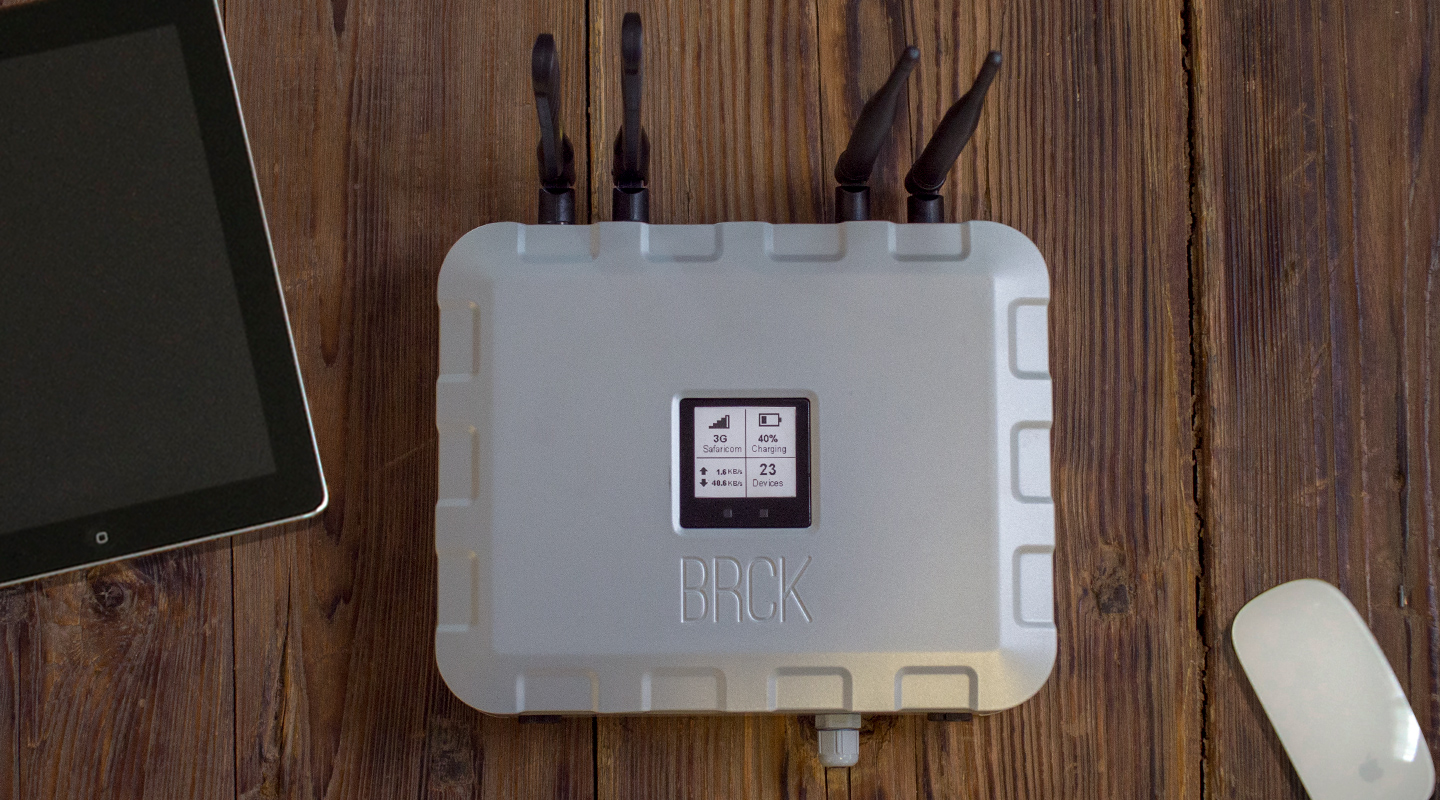 To that end, BRCK paired up its Africa specific WiFi routers to its Moja service to offer free internet and content supported by commercial partners. Users can access Moja on their mobile phones, tablets, or laptops on public transportation or in public areas. They earn points from their browsing to apply to faster connectivity or premium content.
To that end, BRCK paired up its Africa specific WiFi routers to its Moja service to offer free internet and content supported by commercial partners. Users can access Moja on their mobile phones, tablets, or laptops on public transportation or in public areas. They earn points from their browsing to apply to faster connectivity or premium content.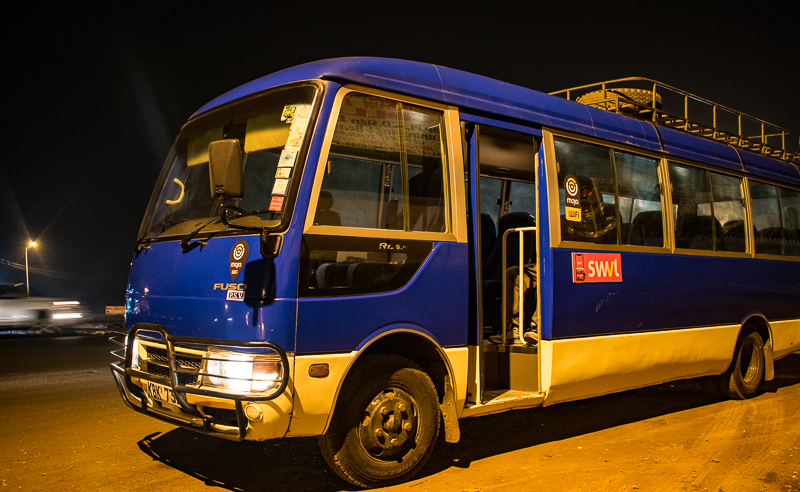 BRCK and Swvl wouldn’t confirm plans on expanding their mobile internet partnership to additional countries outside of Kenya.
BRCK and Swvl wouldn’t confirm plans on expanding their mobile internet partnership to additional countries outside of Kenya.